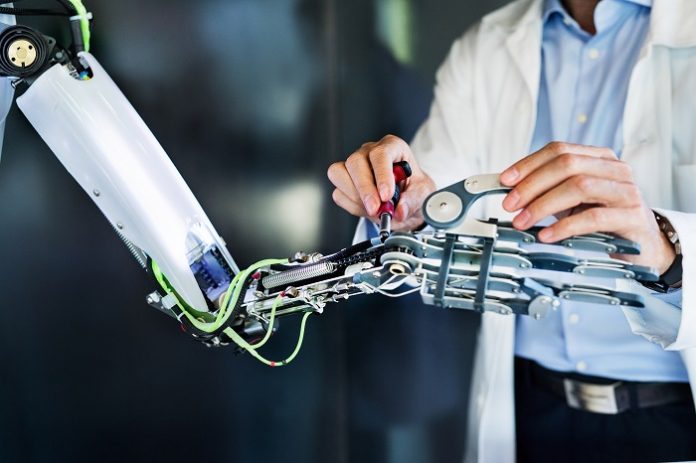Additive manufacturing has the potential to allow one to create parts or products on demand in manufacturing, automotive engineering, and even in outer space. However, it’s a challenge to know in advance how a 3D printed object will perform, now and in the future.
Physical experiments—especially for metal additive manufacturing (AM)—are slow and costly. Even modeling these systems computationally is expensive and time-consuming.
The problem is multi-phase and involves gas, liquids, solids, and phase transitions between them. Additive manufacturing also has a wide range of spatial and temporal scales. This has led to large gaps between the physics that happens on the small scale and the real product.
A software engineer at Apple and a Professor of Civil and Environmental Engineering at the University of Illinois, are trying to address these challenges using AI and machine learning. They are using deep learning and neural networks to predict the outcomes of complex processes involved in additive manufacturing, they want to establish the relationship between processing, structure, properties, and performance.
AI Current neural network models need large amounts of data for training. But in the additive manufacturing field, obtaining high-fidelity data is difficult, according to the researcher. To reduce the need for data, researchers are pursuing physics informed neural networking or PINN.
By incorporating conservation laws, expressed as partial differential equations, we can reduce the amount of data we need for training and advance the capability of their current models
Using the Frontera and Stampede2 supercomputers at the Texas Advanced Computing Center (the #10 and #36 fastest in the world, as of June 2021), Researchers simulated the dynamics of two benchmark experiments: an example of 1D solidification, when solid and liquid metals interact; and an example of laser beam melting tests taken from the 2018 NIST Additive Manufacturing Benchmark Test Series.
In the 1D solidification case, they input data from experiments into their neural network. In the laser beam melting tests, they used experimental data as well as results from computer simulations. They also developed a hard enforcement method for boundary conditions, which, they say, is equally important in the problem-solving.
The team’s neural network model was able to recreate the dynamics of the two experiments. In the case of the NIST Challenge, it predicted the temperature and melt pool length of the experiment within 10% of the actual results. They trained the model on data from 1.2 to 1.5 microseconds and made predictions at further time steps up to 2.0 microseconds.
This is the first time that neural networks have been applied to metal additive manufacturing process modeling. They showed that physics-informed machine learning, as a perfect platform to seamlessly incorporate data and physics, has big potential in the additive manufacturing field.
Engineers in the future using neural networks as fast prediction tools to provide guidance on the parameter selection for the additive manufacturing process—for instance, the speed of the laser or the temperature distribution—and to map the relationships between additive manufacturing process parameters and the properties of the final product, such as its surface roughness.
If the client requires a specific property, then you’ll know what you should use for your manufacturing process parameters.
In May 2021 researchers proposed a modification of the existing finite element method framework used in additive manufacturing to see if their technique could get better predictions over existing benchmarks.
Mirroring a recent additive manufacturing experiment from Argonne National Lab involving a moving laser, the researchers showed that simulations, performed on Frontera, differed in depth from those in the experiment by less than 10.3% and captured the common experimentally-observed chevron-type shape on the metal top surface.
Researcher’s research benefits from the continued growth of computing technologies and federal investment in high performance computing.
Frontera not only speeds up studies such as theirs, it opens the door to machine and deep learning studies in fields where training data is not widely available, broadening the potential of AI research.
The most exciting point is when you see that your AI model can predict the future using only a small amount of existing data. It’s somehow learning about the evolution of the process.
Previously, researchers were not very confident on whether they would be able to predict with good accuracy over temperature, velocity, and geometry of the gas-metal interface. But they showed that they’re able to make nice data inferences.








